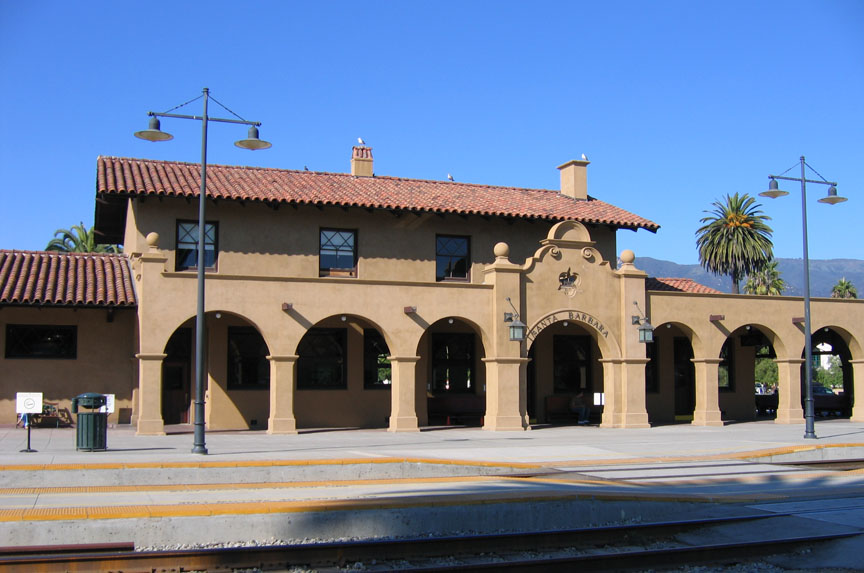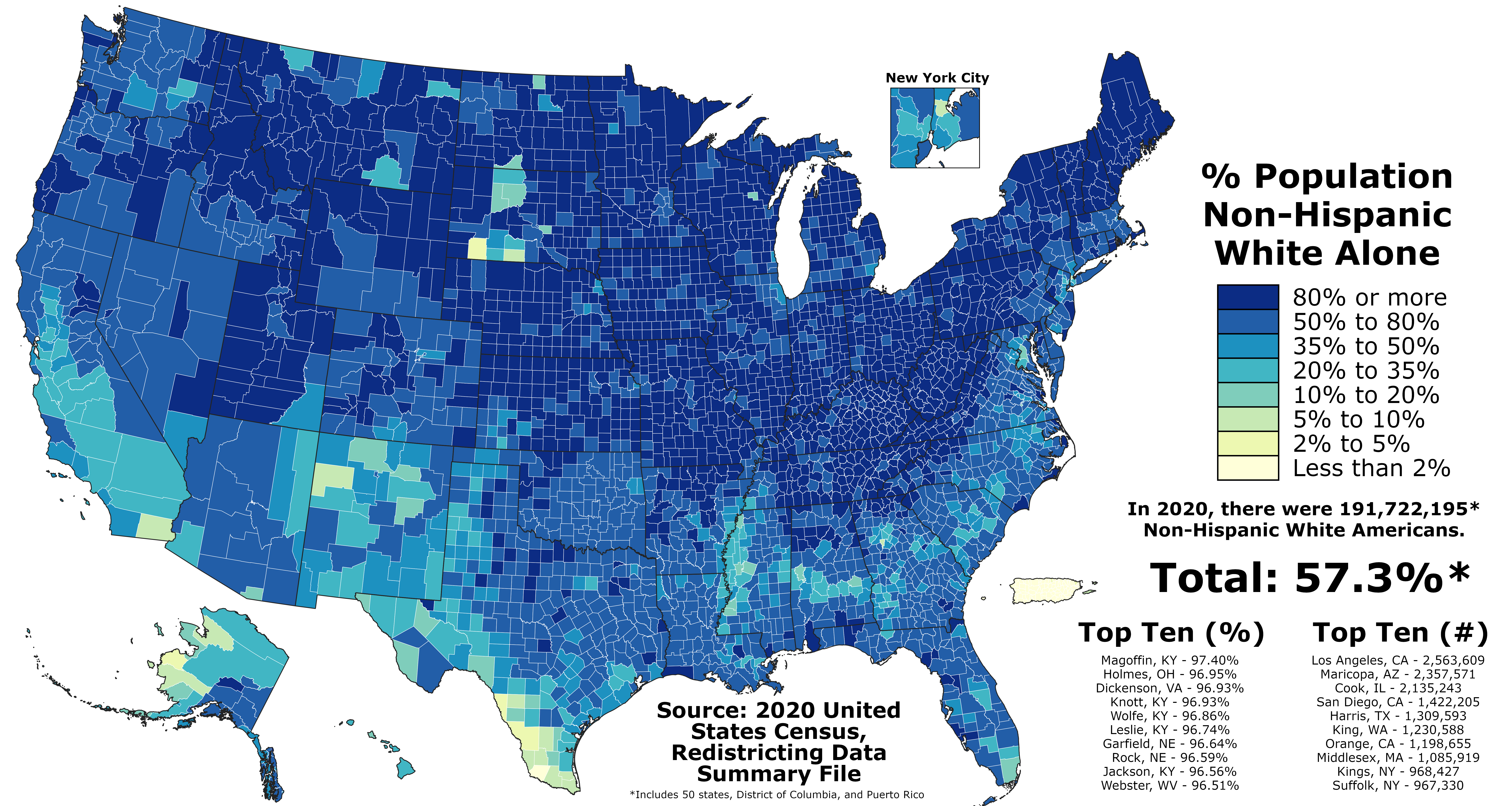|
Holy Name Of Jesus Church (Redlands, California)
Holy Name of Jesus Parish is a Roman Catholic church in Redlands, California, United States, founded on July 1, 2006. It is part of the Diocese of San Bernardino. The Church is located on two sites, on the north side of town is the ''Columbia Street location'' formerly Saint Mary's Catholic Church. And the south side of Redlands, at the ''Olive Avenue location'' is the former Sacred Heart Catholic Church. History The first known Christian settlement in Redlands, CA. was the catholic San Bernardino de Sena Estancia by Francisco Dumetz. Established in 1819 on the feast day of Saint Bernardine. Part of an outpost of the Mission San Gabriel Arcángel located 56 miles away near Los Angeles, CA. A days trip walking. No large populations existed. Used to convert local native Tongva, Serrano, and Cahuilla Native Americans. With Spanish colonization and the subsequent Mexican era the area was sparsely populated at the land grant Ranchos, considering it unsuitable for an actual missi ... [...More Info...] [...Related Items...] OR: [Wikipedia] [Google] [Baidu] |
Redlands, California
Redlands ( ) is a city in San Bernardino County, California, United States. As of the 2020 census, the city had a population of 73,168, up from 68,747 at the 2010 census. The city is located approximately west of Palm Springs and east of Los Angeles. History The area now occupied by Redlands was originally part of the territory of the Morongo and Aguas Calientes tribes of Cahuilla people. Explorations such as those of Pedro Fages and Francisco Garcés sought to extend Catholic influence to the indigenous people and the dominion of the Spanish crown into the area in the 1770s. The Tongva village of Wa’aachnga, located just to the west of present-day Redlands, was visited by Fr. Francisco Dumetz in 1810, and was the reason the site was chosen for a mission outpost. Dumetz reached the village on May 20, the feast day of Saint Bernardino of Siena, and thus named the region the San Bernardino Valley. The Franciscan friars from Mission San Gabriel established the San B ... [...More Info...] [...Related Items...] OR: [Wikipedia] [Google] [Baidu] |
Serrano People
The Serrano are an indigenous people of California. They use the autonyms of Taaqtam, meaning "people"; Maarrênga’yam, "people from Morongo"; and Yuhaaviatam, "people of the pines." Today the Maarrênga'yam are enrolled in the Morongo Band of Mission Indians, and the Yuhaviatam are enrolled in the San Manuel Band of Mission Indians. Additionally, some Serrano people are enrolled in the Soboba Band of Luiseno Indians."Serrano." ''San Diego State University Library and Information Access.'' 2010. Retrieved 25 Nov. 2012 The Serrano historically lived in the San Bernardino Mountains and other Transverse Ranges, and in ... [...More Info...] [...Related Items...] OR: [Wikipedia] [Google] [Baidu] |
Our Lady Of Guadalupe
Our Lady of Guadalupe ( es, Nuestra Señora de Guadalupe), also known as the Virgin of Guadalupe ( es, Virgen de Guadalupe), is a Catholic title of Mary, mother of Jesus associated with a series of five Marian apparitions, which are believed to have occurred in December 1531, and a venerated image on a cloak enshrined within the Basilica of Our Lady of Guadalupe in Mexico City. The basilica is the most-visited Catholic shrine in the world, and the world's third most-visited sacred site. Pope Leo XIII granted the image a decree of canonical coronation on 8 February 1887 and was pontifically crowned on 12 October 1895. Description of Marian apparitions According to ''Nican Mopohua'', a 17th-century account written in the native Nahuatl language, Marian apparitions, the Virgin Mary appeared four times to Juan Diego, an indigenous Mexican peasant Chichimeca, Chichimec and once to his uncle, Juan Bernardino. The first apparition occurred on the morning of Saturday, 9 December 153 ... [...More Info...] [...Related Items...] OR: [Wikipedia] [Google] [Baidu] |
Veneration Of Mary In The Catholic Church
The veneration of Mary, mother of Jesus, in the Catholic Church encompasses various devotions which include prayer, pious acts, visual arts, poetry, and music devoted to her. Popes have encouraged it, while also taking steps to reform some manifestations of it.For example, on March 12, 1969, Pope Paul VI reduced and rearranged the number of Marian feast days in ''Sanctitas clarior''. Several of his predecessors did similarly. The Holy See has insisted on the importance of distinguishing "true from false devotion, and authentic doctrine from its deformations by excess or defect". There are significantly more titles, feasts, and venerative Marian practices among Roman Catholics than in other Western Christian traditions. The term ''hyperdulia'' indicates the special veneration due to Mary, greater than the ordinary '' dulia'' for other saints, but utterly unlike the ''latria'' due only to God. Belief in the incarnation of God the Son through Mary is the basis for calling her th ... [...More Info...] [...Related Items...] OR: [Wikipedia] [Google] [Baidu] |
Mission Revival Architecture
The Mission Revival style was part of an architectural movement, beginning in the late 19th century, for the revival and reinterpretation of American colonial styles. Mission Revival drew inspiration from the late 18th and early 19th century Spanish missions in California. It is sometimes termed California Mission Revival, particularly when used elsewhere, such as in New Mexico and Texas which have their own unique regional architectural styles. In Australia, the style is known as Spanish Mission. The Mission Revival movement was most popular between 1890 and 1915, in numerous residential, commercial and institutional structures, particularly schools and railroad depots. Influences All of the 21 Franciscan Alta California missions (established 1769–1823), including their chapels and support structures, shared certain design characteristics. These commonalities arose because the Franciscan missionaries all came from the same places of previous service in Spain and colonia ... [...More Info...] [...Related Items...] OR: [Wikipedia] [Google] [Baidu] |
Mexican-American
Mexican Americans ( es, mexicano-estadounidenses, , or ) are Americans of full or partial Mexican heritage. In 2019, Mexican Americans comprised 11.3% of the US population and 61.5% of all Hispanic and Latino Americans. In 2019, 71% of Mexican Americans were born in the United States, though they make up 53% of the total population of foreign-born Latino Americans and 25% of the total foreign-born population. The United States is home to the second-largest Mexican community in the world (24% of the entire Mexican-origin population of the world), behind only Mexico. Most Mexican Americans reside in the Southwest (over 60% in the states of California and Texas). Many Mexican Americans living in the United States have assimilated into American culture which has made some become less connected with their culture of birth (or of their parents/ grandparents) and sometimes creates an identity crisis. Most Mexican Americans have varying degrees of Indigenous and European ancestry, ... [...More Info...] [...Related Items...] OR: [Wikipedia] [Google] [Baidu] |
Holy Name Of Jesus Columbia St Mary’s
Sacred describes something that is dedicated or set apart for the service or worship of a deity; is considered worthy of spiritual respect or devotion; or inspires awe or reverence among believers. The property is often ascribed to objects (a " sacred artifact" that is venerated and blessed), or places (" sacred ground"). French sociologist Émile Durkheim considered the dichotomy between the sacred and the profane to be the central characteristic of religion: "religion is a unified system of beliefs and practices relative to ''sacred things'', that is to say, things set apart and forbidden." Durkheim, Émile. 1915. ''The Elementary Forms of the Religious Life''. London: George Allen & Unwin. . In Durkheim's theory, the sacred represents the interests of the group, especially unity, which are embodied in sacred group symbols, or using team work to help get out of trouble. The profane, on the other hand, involve mundane individual concerns. Etymology The word ''sacred'' desc ... [...More Info...] [...Related Items...] OR: [Wikipedia] [Google] [Baidu] |
Postmodern Architecture
Postmodern architecture is a style or movement which emerged in the 1960s as a reaction against the austerity, formality, and lack of variety of modern architecture, particularly in the international style advocated by Philip Johnson and Henry-Russell Hitchcock. The movement was introduced by the architect and urban planner Denise Scott Brown and architectural theorist Robert Venturi in their book ''Learning from Las Vegas''. The style flourished from the 1980s through the 1990s, particularly in the work of Scott Brown & Venturi, Philip Johnson, Charles Moore and Michael Graves. In the late 1990s, it divided into a multitude of new tendencies, including high-tech architecture, neo-futurism, new classical architecture and deconstructivism. However, some buildings built after this period are still considered post-modern. Origins Postmodern architecture emerged in the 1960s as a reaction against the perceived shortcomings of modern architecture, particularly its rigid doct ... [...More Info...] [...Related Items...] OR: [Wikipedia] [Google] [Baidu] |
Californios
Californio (plural Californios) is a term used to designate a Hispanic Californian, especially those descended from Spanish and Mexican settlers of the 17th through 19th centuries. California's Spanish-speaking community has resided there since 1683 and is made up of varying Spanish and Mexican origins, including criollos, Mestizos, Indigenous Californian peoples, and small numbers of Mulatos. Alongside the Tejanos of Texas and Neomexicanos of New Mexico and Colorado, Californios are part of the larger Spanish-American/Mexican-American/Hispano community of the United States, which has inhabited the American Southwest and the West Coast since the 16th century. Some may also identify as Chicanos, a term that came about in the 1960’s. The term ''Californio'' (historical, regional Spanish for 'Californian') was originally applied by and to the Spanish-speaking residents of ''Las Californias'' during the periods of Spanish California and Mexican California, between 1683 and 1848. ... [...More Info...] [...Related Items...] OR: [Wikipedia] [Google] [Baidu] |
European-American
European Americans (also referred to as Euro-Americans) are Americans of European ancestry. This term includes people who are descended from the first European settlers in the United States as well as people who are descended from more recent European arrivals. European Americans have been the largest panethnic group in the United States since about the 17th century. The Spaniards are thought to be the first Europeans to establish a continuous presence in what is now the contiguous United States, with Martín de Argüelles ( 1566) in St. Augustine, then a part of Spanish Florida, and the Russians were the first Europeans to settle in Alaska, establishing Russian America. The first English child born in the Americas was Virginia Dare, born August 18, 1587. She was born in Roanoke Colony, located in present-day North Carolina, which was the first attempt, made by Queen Elizabeth I, to establish a permanent English settlement in North America. In the 2016 American C ... [...More Info...] [...Related Items...] OR: [Wikipedia] [Google] [Baidu] |
Treaty Of Guadalupe Hidalgo
The Treaty of Guadalupe Hidalgo ( es, Tratado de Guadalupe Hidalgo), officially the Treaty of Peace, Friendship, Limits, and Settlement between the United States of America and the United Mexican States, is the peace treaty that was signed on 2 February 1848, in the Villa de Guadalupe Hidalgo (now a neighborhood of Mexico City) between the United States and Mexico that ended the Mexican–American War (1846–1848). The treaty was ratified by the United States on 10 March and by Mexico on 19 May. The ratifications were exchanged on 30 May, and the treaty was proclaimed on 4 July 1848. With the defeat of its army and the fall of its capital in September 1847, Mexico entered into negotiations with the U.S. peace envoy, Nicholas Trist, to end the war. On the Mexican side, there were factions that did not concede defeat or seek to engage in negotiations. The treaty called for the United States to pay US$15 million to Mexico and to pay off the claims of American citizens against Me ... [...More Info...] [...Related Items...] OR: [Wikipedia] [Google] [Baidu] |



.jpg)




